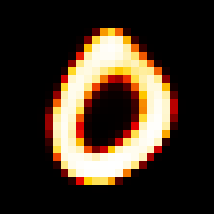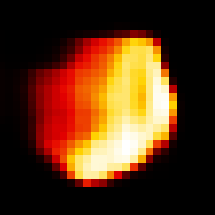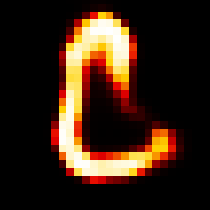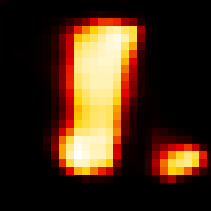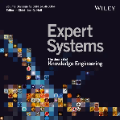Anomaly detection has been considered under several extents of prior knowledge. Unsupervised methods do not require any labelled data, whereas semi-supervised methods leverage some known anomalies. Inspired by mixture-of-experts models and the analysis of the hidden activations of neural networks, we introduce a novel data-driven anomaly detection method called ARGUE. Our method is not only applicable to unsupervised and semi-supervised environments, but also profits from prior knowledge of self-supervised settings. We designed ARGUE as a combination of dedicated expert networks, which specialise on parts of the input data. For its final decision, ARGUE fuses the distributed knowledge across the expert systems using a gated mixture-of-experts architecture. Our evaluation motivates that prior knowledge about the normal data distribution may be as valuable as known anomalies.
翻译:在先前知识的若干程度上,对异常现象的检测进行了考虑。未经监督的方法并不要求任何有标签的数据,而半监督的方法则利用一些已知的异常现象。在专家混合模型和神经网络隐藏激活分析的启发下,我们引入了一种新的数据驱动异常现象检测方法,称为ARGUE。我们的方法不仅适用于无人监督的和半监督的环境,而且从先前对自我监督环境的了解中获益。我们设计了ARGUE,作为专门研究部分输入数据的专门专家网络的组合。在最后决定中,ARGUE将分散的知识结合到专家系统之间,使用封闭的混合专家混合结构。我们的评估激励我们以前对正常数据分布的了解可能与已知的异常一样宝贵。


